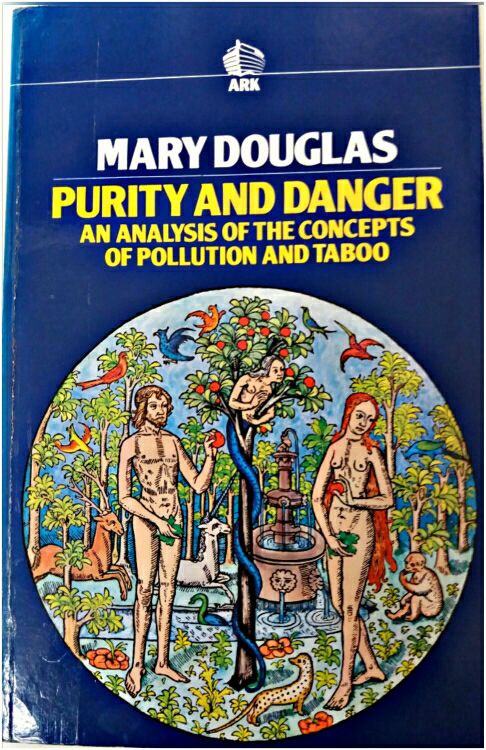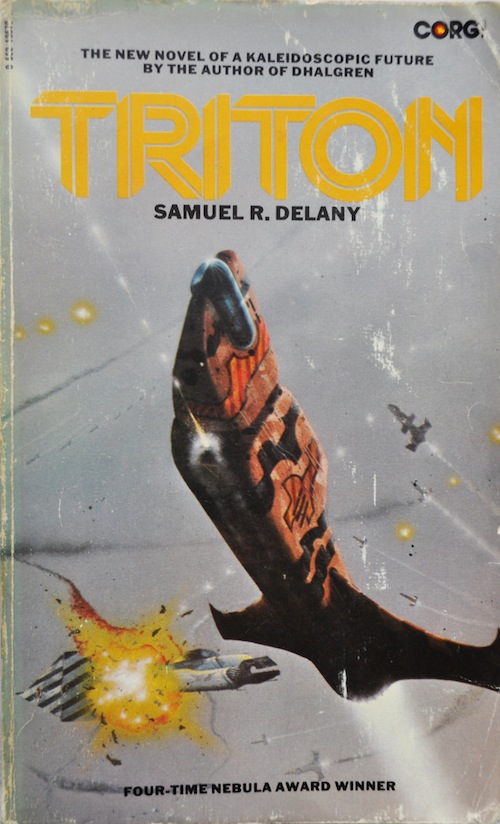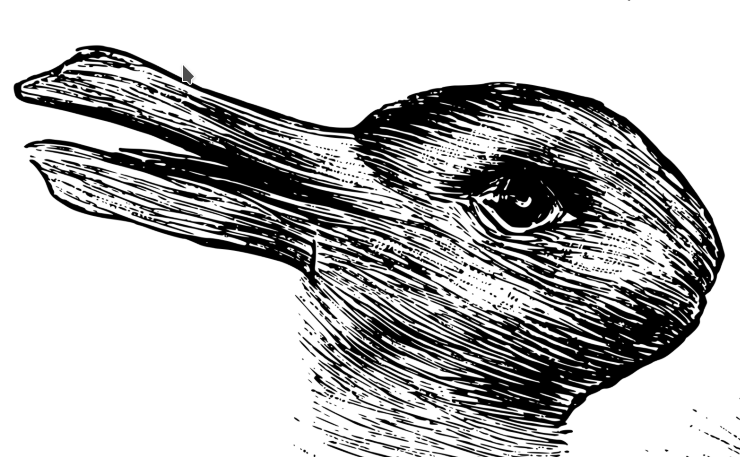Categories versus structure/s: Mary Douglas' Purity and Danger


Like the post Sister Wendy on love as an obedient art, this is mostly about the preface. Purity and Danger was originally published in 1966, a year after I was born.
In Categories versus practices: moral leadership & teenagers running amok I briefly rail against the methodology of using categories as resolution for a 'digital scanner' of social realities (in the social research of moral foundations theory. Which looks more like market research than anything else).
And I suggested that perhaps another word might be used instead of categories (if only because categories are dead metaphors). That we should use practices instead of categories, for example. I was thinking of the Jewish religion as it pre-dates the whole soul-police thing of Greek influenced Christianity, when Judaism was a set of practices in a kingdom or two at most, and tailored for that population of subjects.
I briefly mentioned Mary Douglas in passing as a saint in Mark Dooley's Roger Scruton and my modest proposal so this is a bit of a follow up to that.
Here at the end of the introduction, we ask rhetorically, do categories create structure or do practices?
What was I reminded about?
In the preface of Purity and Danger Mary Douglas underlines the structuralist approach where categories are the result of social processes with regard to organising things, and that organisational impulse, it is claimed, will result in categories that reflect/express the preferred ways of doing things. I.E. As the social outcome [I almost typed social agreement but the on-going disagreement is just as forming/formational informing/informational] of meetings.
Social taxonomies come about when we build the world. Do the world. Meet and argue about things.
Also, Mary Douglas, as a good Catholic, in the preface, apologises in a mea culpa for her errors in this regard in describing Jewish dietary and other classificatory practices. The correction is that the system with what or who (abominates/ is abominable) reflects the covenant with the mono-god, i.e. that relationship between the people and god (now their god) is used to class animals. What is good for the altar is reflected in what is good for the hearth. What is “bad” or avoided, is not necessarily organised into not-kosher because of deeply embodied feelings of disgust per se.
What is dirt? What is a weed? Who asks? Who answers?
What do you say it should be? Do you feel you should say anything? Is it your place to say anything? Why should that be?
The social outcomes will be politically created, and then traditionally maintained (so they feel) by conservatives. Radicals will re-organise (so they feel) the categories as labelled by tradition. Both according to their perceptions of risk. I first read this description in Mary Douglas’ Thought Styles: Critical Essays on Good Taste (London: SAGE publications, 1996). It focussed on perceptions of risk with regard to “nature” and “morality”. I read it a little later that millenium.
Also in the preface, Mary Douglas comments that readers of the ‘sixties’ missed the structural import of her work because she used conservative examples to illustrate her theme. Contemporary readers focused on the ambiguities of a system. All systems are bad…
I thought of an example immediately… —see reaction below.
What did I reminisce?
I reminisced about reading (Trouble on) Triton: an ambiguous heterotopia by Samuel R. Delany, while living in a Catholic residential college, in the mid-80s. Mary Douglas was quoted on the title page of Natural Symbols. Triton saved me from small town Catholic boys school homophobia.

How did I fail?
To read the entire Purity and Danger.
Reaction?
In the 2002 preface there was a useful analogy from car manufacturing (about the innovative work of E.E. Evans-Pritchard The Nuer) where using bodywork-on-a-chassis (still used for trucks) and the efficient but cheapskate process where there is no chassis and the bodywork is constructed so as to provide all the rigidity you need. I.E. the bodywork is the chassis, the chassis is the body, they are one thing doing multiple jobs. This is hunter-gather efficiency. (Such that Tesla in using a ‘giga press’ or two aims to produce an almost monocoque piece of work).
This analogy is used to illustrate the difference between old-stlyle colonial anthropology and structuralist social work, with a claim her influence from Lévy-Bruhl predates the Sassurean inspiration/import of structuralism from language. In this structuralist system, the structure uncovered in their studies of societies is not of a chassis running through it, running it, ruining it even as it delivers it; like a dialectic or an oedipal desire. Instead the structure is created by each piece being defined, in relation and in use, to other bits in the system.
And I agree, this is much better.
(I’ll forewarn here for other posts to come, eventually, with the term compositional). (in 2024 as I reboot and migrate this post, I am becoming aware of construction used in a similar way, as in constructional linguistics, constructional mathematics).
But I am a little confused here when I reflect a bit, because it means that post-structuralism as a term could be applied to the this later structuralism of usage-creation. I do not think we do that. The term is in fact just like modernism and post-modernism in reverso. Where one would be best to just call it all modernism. Surely?
(What on earth could post-post-structuralism be?)
Even here I think it would be better to call these structures with their self-maintaining categories (as used in pre-post-structuralism) practices and their elements.
Perhaps we could call the elements the “do”-s. Societies could then be called “do-do”-s. And moralities as the classificatory categorising of risk perception and management would be called “should-do”-s. (there may be other ways to categorise BTW). Then we could call the study of these not sociology or anthropology but What-the-to-do-ology. Or whatever that might be in our GrecoLatin mash-ups.
And everything would be clear. <insert confused not-clear emoji here>
For does the Tesla have no structure? Is it not modern? After modern? After structure? What has monocoque design have to do with post-chassis design, surely the monocoque could have arisen without the chassis coming first. Surely it's just a stick.
I do not think we are there yet, despite the family of Canadian futurist/technocrats breeding many children.
What this highlights again is the… —gap.
The ambiguity that Douglas' readers of the “sixties” pick up on is the "gaps in a system", produce by any method. With people and humanity ending up falling through the cracks, and subsidising said systems. It was used by these readers and their writers, in order to try and do things better, somehow, rather than just maintain what was preserved. And that which is in that-what-is-preserved, is also the result of political activity, if forgotten. That the good-old-days are full of good-ol’-boys’ politicking, who will give preferment and opportunity to the ‘winner’ of ancient contests, while the slaves get nothing. Narcissists love that shit. Something the Edmund Burkes among us have trouble understanding emotionally as ever possibly being a bad thing.
That Roger Scruton uses the very same gaps (via Wittgenstein) to decry (post-)modernity excepting modern economies which is kosher, just shows that Mary Douglas was right in saying fashion re-maps the style to political preferences even when traditionalists try to maintain it (despite/because). The preferences remain, but in time individuals and their teams dress in their enemies uniforms, and not always as trophies, sometimes they are their grandmother's coats— not realising we do not know who our father actually is.
What we throw into the gap changes, and why we throw stuff into it changes (radical/traditionalist). But throw stuff, even if it is just mud, is what we do in order to ‘build’ a world, much like we shove stuff into our cake-holes.
Mary Douglas
--Purity and Danger: an analysis of concept of pollution and taboo | with a new preface by the author, (London: Routledge, 2002 ISBN0415289955 Routledge Classics)
-- Natural Symbols. Penguin, 1970.
-- Thought Styles: Critical Essays on Good Taste (London: SAGE publications, 1996
Samuel R. Delany. Triton: An Ambiguous Hetereotopia. London: Corgi, 1977.
